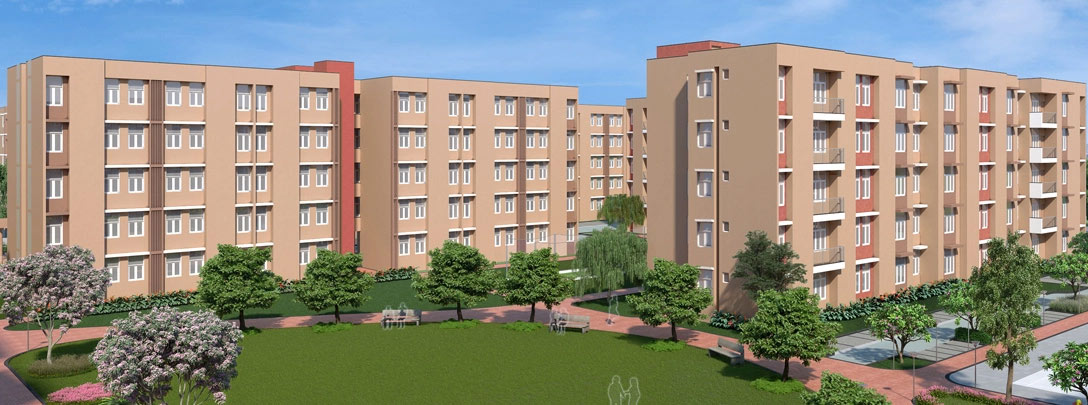In the wake of the COVID-19 pandemic, prospective home buyers are looking for spaces that will cater to everyone in their families. While urban homes may remain constrained vis-à-vis floor area, good design and a focus on amenities can definitely help home buyers who are on a budget. Going forth, the quality of life will be in focus more than ever. Housing.com reached out to Vimalendra Singh, Chief Sales Officer, Mahindra Happinest (the affordable housing brand of Mahindra Lifespaces), to understand the role of developer firms in ensuring a smooth road ahead for home buyers.
What are the amenities that Mahindra Lifespaces is looking to provide to home buyers post-COVID-19?
Humanity is spending more time at home than ever before. Social distancing, self-isolation, hygiene routines and work-from-home are essential aspects of our ‘new normal’ lives and are changing the way we view and experience our homes. This forced recalibration is likely to result in long-term shifts in the design of homes, the adoption of technology for comfortable living and the well-being attributes of self-sufficient housing projects. The lockdown situation has created demand for features, amenities and services that can enable a better quality of life post-COVID-19. The key is to continually engage with customers, to generate insights that can then be incorporated into future projects.
How important is it, to offer customisation of units, following the Coronavirus pandemic?
There will be higher focus on customisation of homes in the premium or luxury segment, with emphasis on exclusivity, privacy and security. Across all segments of homes, efficient and aesthetic storage spaces will become important. Many common features may become digitised. For example, customisable smart home features – to control the blinds of a bedroom, or adjust the luminosity of bulbs – could find more takers. Indoor health enhancing tools, such as smart air filtration systems, may also find increasing favour with home buyers.
Additionally, extended periods of working from home will result in greater attention to indoor workspaces that can maximise productivity and be comfortable, at the same time. In metros like Mumbai, where space is at a premium, multi-functional indoor spaces will be designed to suit various professional and personal needs – for example, a corridor or a dining table in the living room / kitchen area that can double-up as a workstation.
What are some of the challenges ahead?
The attrition of construction workers, who want to return to their hometowns and villages, has emerged as a challenge for the real estate sector. To deal with this, we are focusing our efforts around prefabricated construction, increased automation and mechanisation of construction technologies.
Do you see the demand for homes picking up in the near future?
Being cooped up indoors for months, has resulted in a heightened awareness of the need for intelligently-designed apartments, organised living spaces and ‘green’ homes that can utilise resources efficiently. We believe that demand in the residential segment, especially in the affordable and mid to premium segments, is likely to surge post-COVID-19, prompted by the experience of users in the last few months. The aspirational value of home ownership remains strong, as validated by the flow of enquiries from customers across markets and even from NRIs, during the lockdown.
You can also share your thoughts in the Comments section below!




